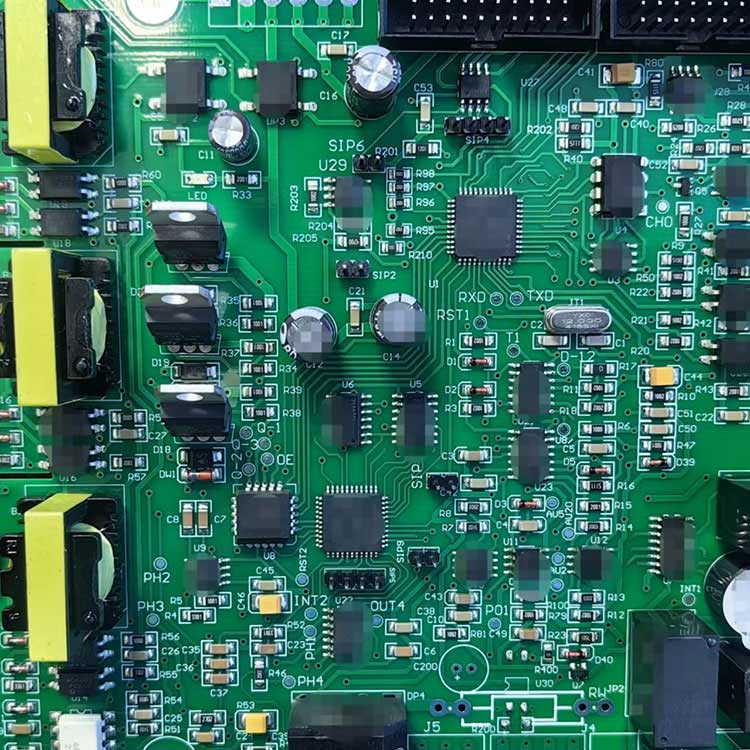
1. Smart grid systems can monitor and optimize energy usage in real-time. By deploying smart grid systems, residents of smart cities can reduce their energy consumption while enhancing their overall energy efficiency. This can lead to cost savings on energy bills and a reduction in carbon emissions.
2. Smart grids can help to improve the reliability of power supply. This is because smart grids are advanced systems that can detect and mitigate power outages before they occur. If a power outage does occur, smart grids can quickly restore power and minimize disruptions to residents of smart cities.
3. Smart grids can support the introduction of renewable energy sources. Smart grids can efficiently manage the integration of renewable energy sources, such as solar and wind power, into the power grid. This can help to reduce carbon emissions and promote sustainability in smart cities.
1. Smart grids can save energy and money by reducing energy consumption. This is because they can automatically switch off non-essential equipment or devices when they are not needed.
2. Smart grids can help to improve the stability of the power grid. This is because they can quickly detect and respond to any fluctuations in power supply, preventing power outages.
3. Smart grids can provide valuable data on energy usage patterns. This data can be used to identify areas where energy consumption can be reduced, enabling residents to make more informed decisions about their energy usage.
1. Interoperability issues: Smart grids have different components from various manufacturers, and ensuring that all of them can work together can be a challenge.
2. Data security: Smart grids generate a lot of data, which can be sensitive. Ensuring that this data is secure and cannot be easily hacked or manipulated is critical.
3. Cost: Smart grids can be expensive to install and maintain, and this can be a significant barrier to their adoption, especially in developing countries.
If you're interested in Smart Grids System PCB Assembly, feel free to contact Hayner PCB Technology Co., Ltd. at sales2@hnl-electronic.com. Hayner PCB Technology Co., Ltd. is a leading manufacturer of PCBs, and they have the expertise and experience needed to help you develop a smart grid system that suits your needs.
1. Clark, K., 2017. Smart grids and renewable energy: A review. Journal of Renewable Energy, Vol. 103, pp. 43-56.
2. Smith, J., 2018. Smart cities: A review of the literature. Journal of Urban Technology, Vol. 25, pp. 1-15.
3. Wang, Q., et al., 2016. Applications of smart grid technologies: A review. Journal of Power and Energy Engineering, Vol. 4, pp. 26-32.
4. Chen, Y., et al., 2019. A comparative study of smart grid technologies. IEEE Transactions on Industrial Informatics, Vol. 15, pp. 1460-1471.
5. Zhang, Y., et al., 2018. A review of the challenges and opportunities of smart grid technology adoption in developing countries. Journal of Technology in Society, Vol. 54, pp. 60-72.
6. Li, X., et al., 2016. Integration of renewable energy sources in smart grid: A review. Renewable and Sustainable Energy Reviews, Vol. 53, pp. 1044-1051.
7. Liang, X., et al., 2017. Smart grid technologies for electricity generation in urban areas: A review. Journal of Energy and Buildings, Vol. 144, pp. 104-112.
8. Gong, Y., et al., 2019. An overview of smart grid communication technologies: Opportunities and challenges. Journal of Networks and Communications, Vol. 20, pp. 1-10.
9. Cho, C., et al., 2018. Smart grid security: Threats, challenges, and solutions. IEEE Communications Surveys and Tutorials, Vol. 20, pp. 2692-2716.
10. Wu, S., et al., 2017. A smart grid architecture for distributed energy resources: A review. Journal of Electric Power Systems Research, Vol. 146, pp. 18-27.
